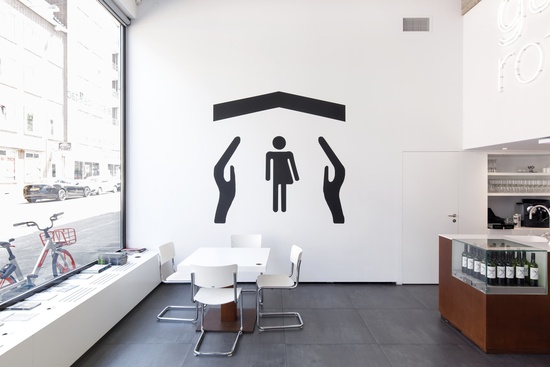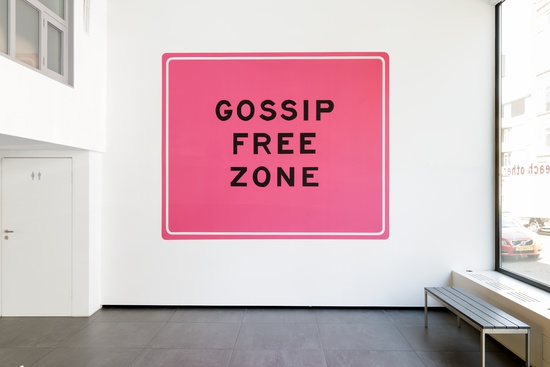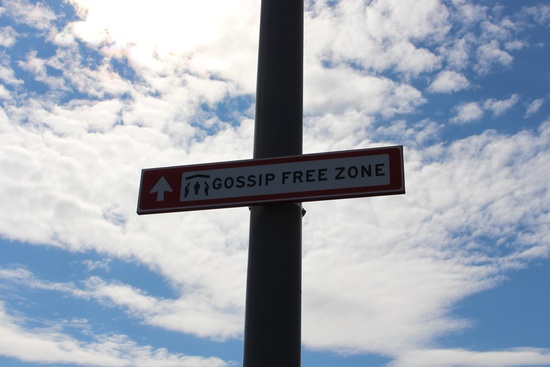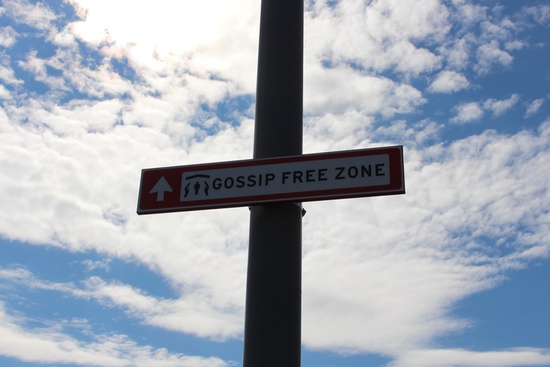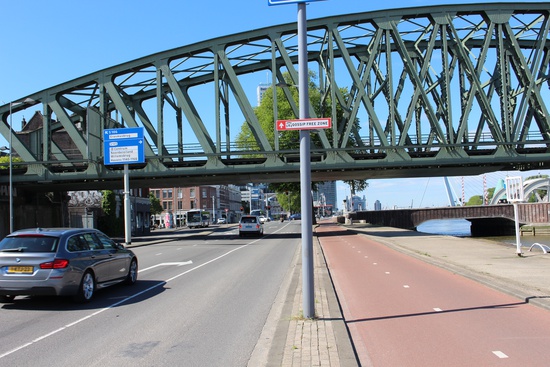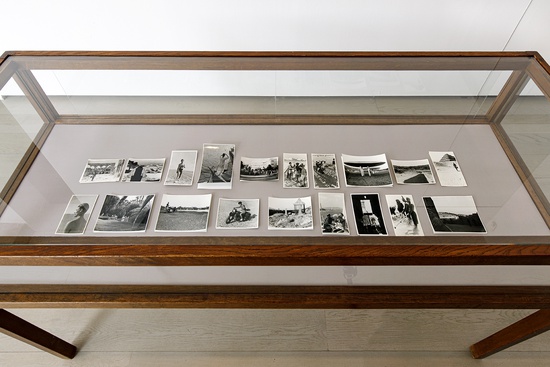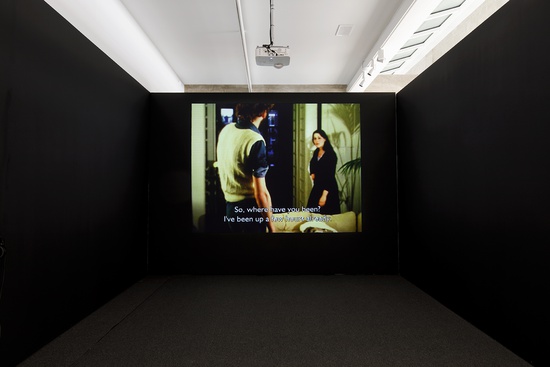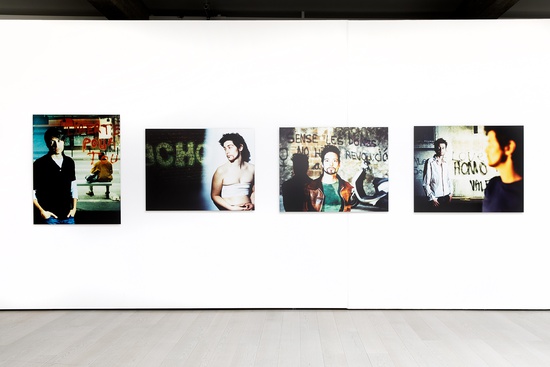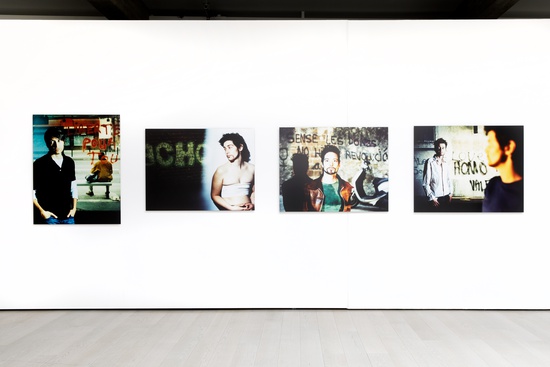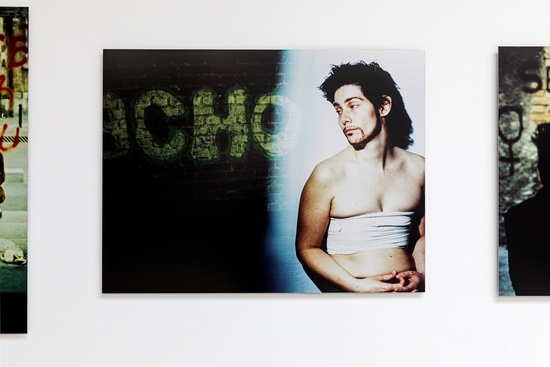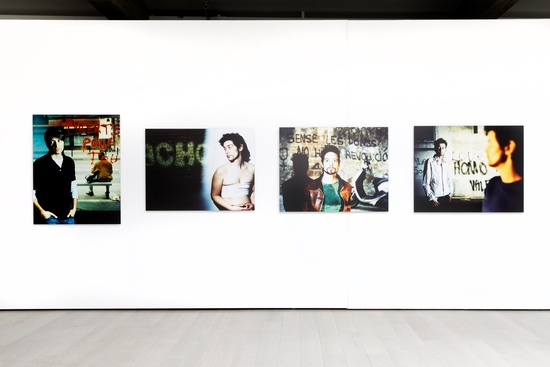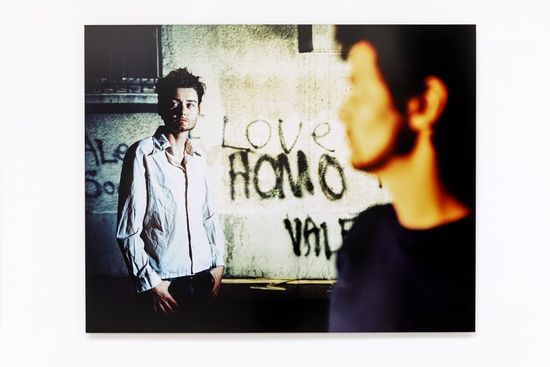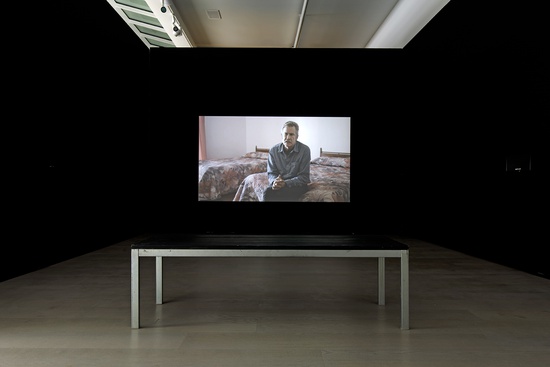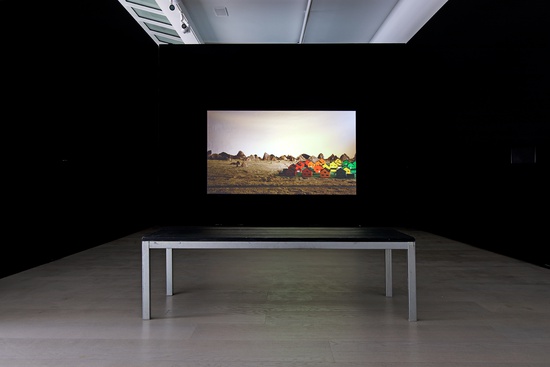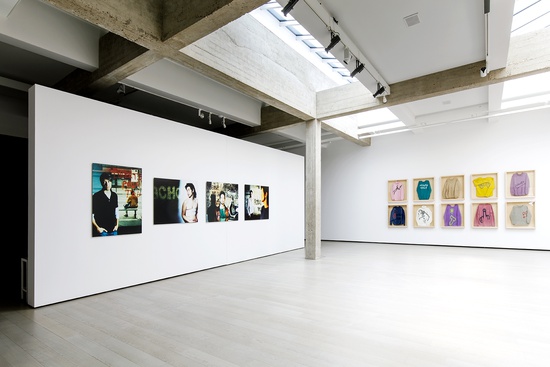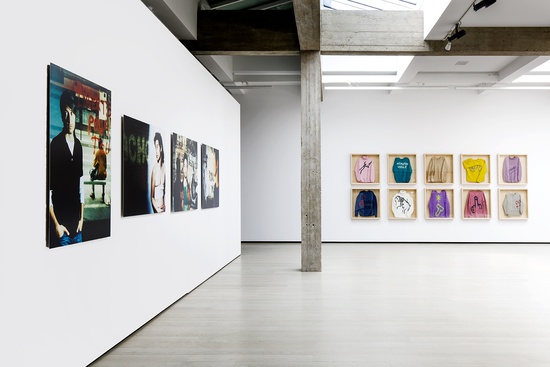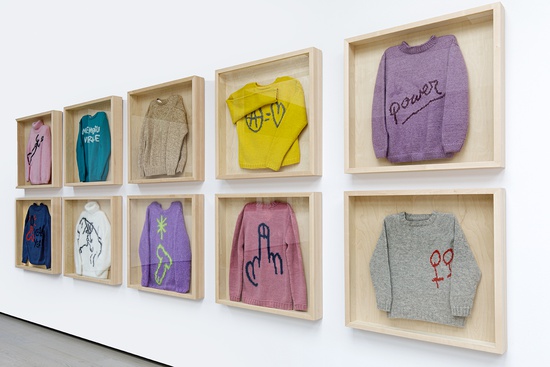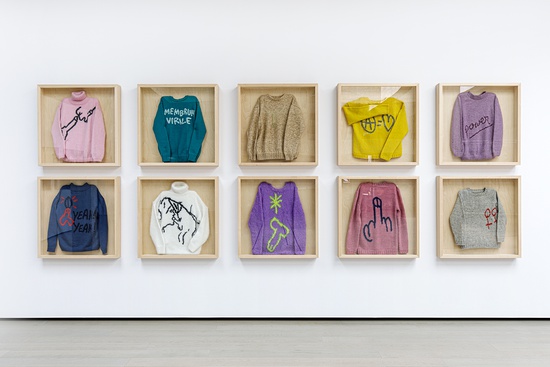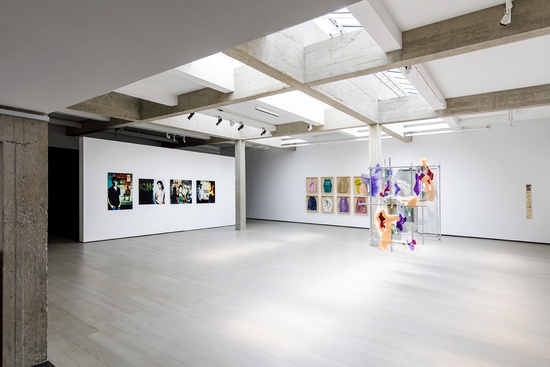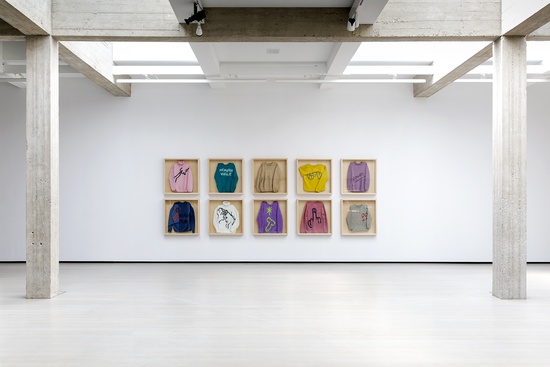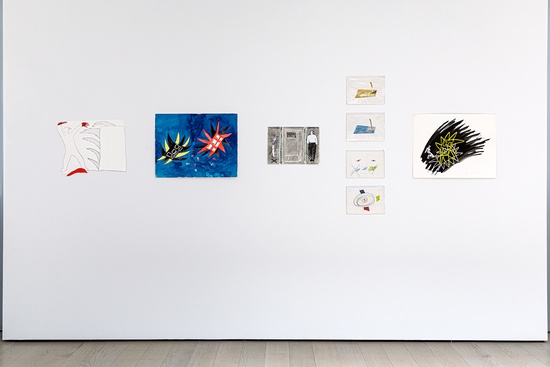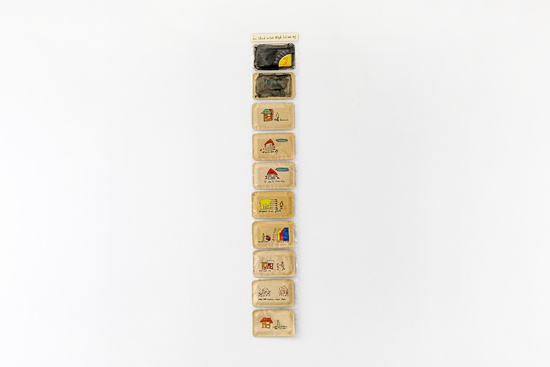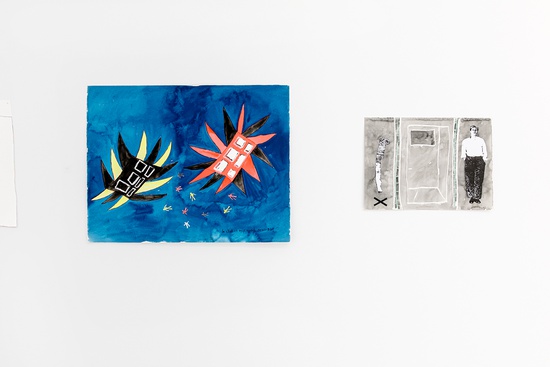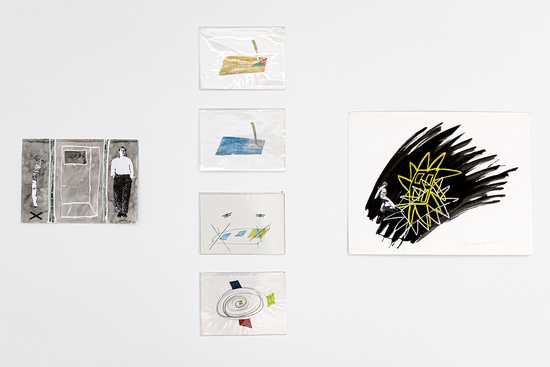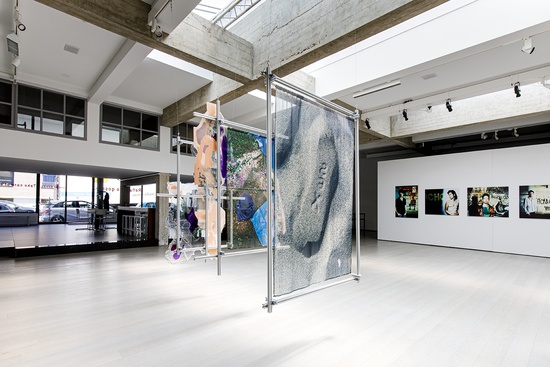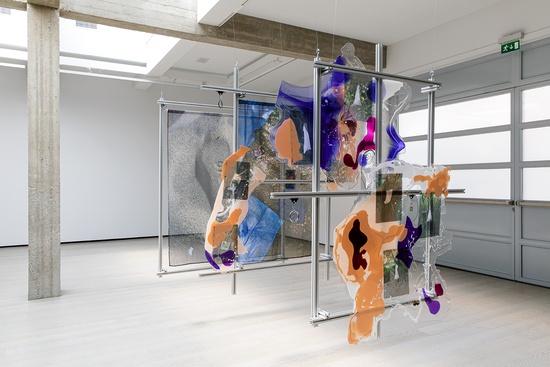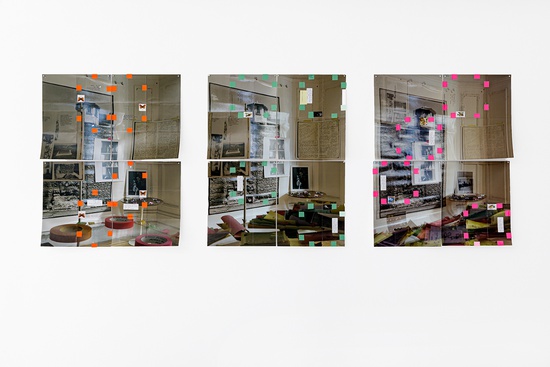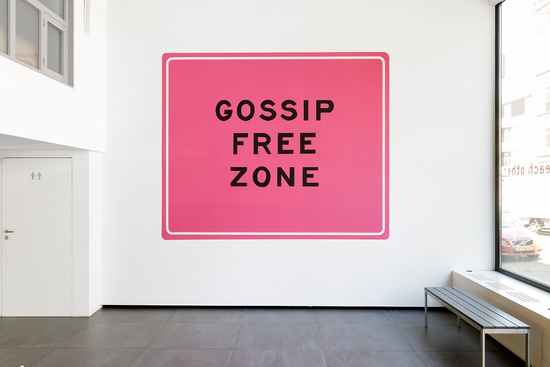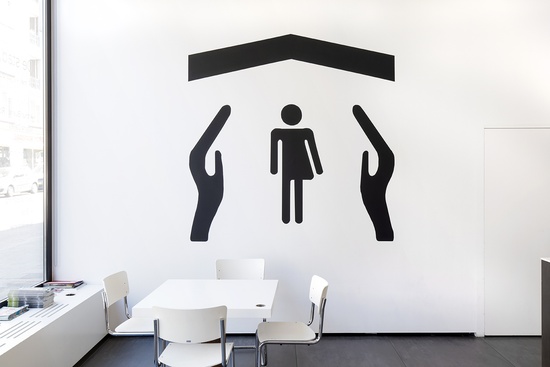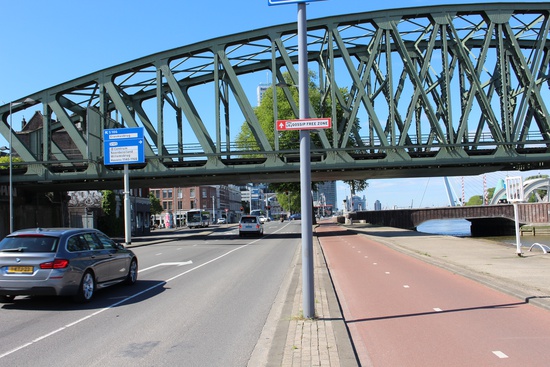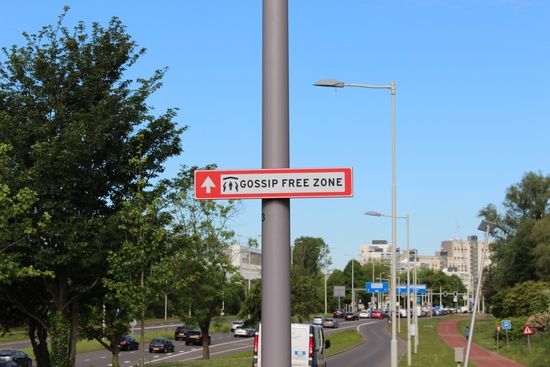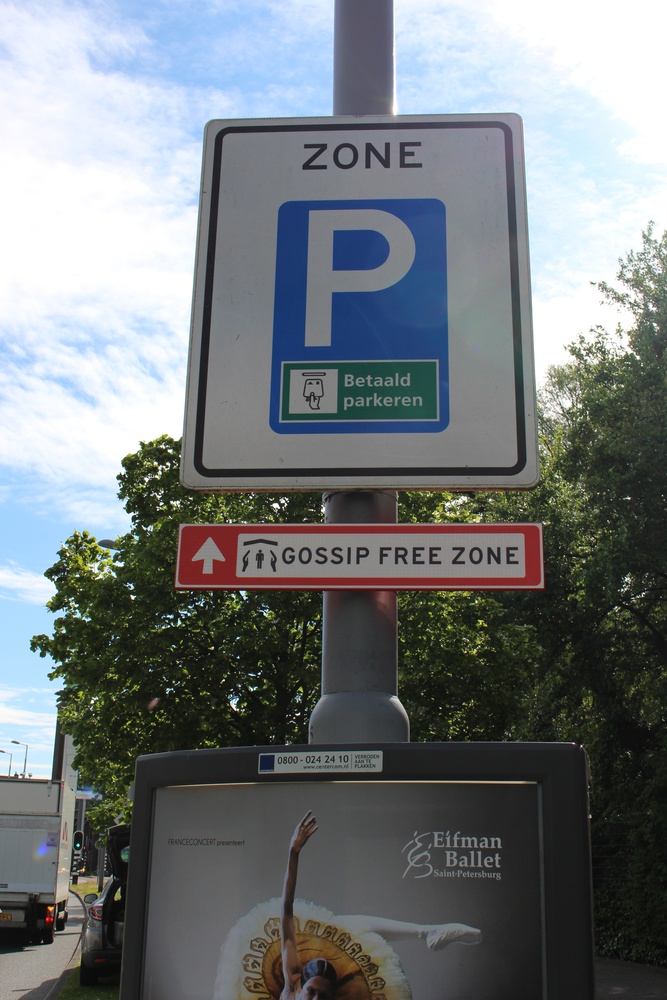- THE KOKRA FAMILY (line kramer & marjolijn kok), Gossip Free Zone, 2019
- THE KOKRA FAMILY (line kramer & marjolijn kok), Gossip Free Zone, 2019
- THE KOKRA FAMILY (line kramer & marjolijn kok), Gossip Free Zone, 2019
- THE KOKRA FAMILY (line kramer & marjolijn kok), Gossip Free Zone, 2019
- THE KOKRA FAMILY (line kramer & marjolijn kok), Gossip Free Zone, 2019
- THE KOKRA FAMILY (line kramer & marjolijn kok), Gossip Free Zone, 2019
- THE KOKRA FAMILY (line kramer & marjolijn kok), Gossip Free Zone, 2019
- Arthur Staal, Arthur Staal – archief, 1936
- Arthur Staal, Arthur Staal – archief, 1936
- Arthur Staal, Arthur Staal – archief, 1936
- Arthur Bueno Rob de Vries, Flikker, 2007
- Arthur Bueno Rob de Vries, Flikker, 2007
- Arthur Bueno Rob de Vries, Flikker, 2007
- Risk Hazekamp, Liberté (model: Océan), 2006
- Risk Hazekamp, Liberté (model: Océan), 2006
- Risk Hazekamp, Macho, 2006
- Risk Hazekamp, Macho, 2006
- Risk Hazekamp, Sense les Dones, 2006
- Risk Hazekamp, ¡Vale!, 2006
- Risk Hazekamp, ¡Vale!, 2006
- Sille Storihle , The Stonewall Nation, 2014
- Sille Storihle , The Stonewall Nation, 2014
- Sille Storihle , The Stonewall Nation, 2014
- Jaanus Samma, Sweaters, 2012
- Jaanus Samma, Sweaters, 2012
- Jaanus Samma, Sweaters, 2012
- Jaanus Samma, Sweaters, 2012
- Jaanus Samma, Sweaters, 2012
- Jaanus Samma, Sweaters, 2012
- Dorian Hiethaar, De stad is mijn vijand sowieso, 1983
- Dorian Hiethaar, De stad is mijn vijand sowieso, 1983
- Dorian Hiethaar, De stad is mijn vijand sowieso, 1983
- Dorian Hiethaar, De stad is mijn vijand sowieso, 1983
- Dorian Hiethaar, De stad is mijn vijand sowieso, 1983
- Richard John Jones, Transparency Series: Discretion Machines, 2019
- Richard John Jones, Transparency Series: Discretion Machines, 2019
- Moyra Davey, Oozing Wall (Rémy), 2014
- THE KOKRA FAMILY (line kramer & marjolijn kok), Gossip Free Zone, 2019
- THE KOKRA FAMILY (line kramer & marjolijn kok), Gossip Free Zone, 2019
- THE KOKRA FAMILY (line kramer & marjolijn kok), Gossip Free Zone, 2019
- THE KOKRA FAMILY (line kramer & marjolijn kok), Gossip Free Zone, 2019
- THE KOKRA FAMILY (line kramer & marjolijn kok), Gossip Free Zone, 2019
- THE KOKRA FAMILY (line kramer & marjolijn kok), Gossip Free Zone, 2019
ExhibitionDe stad, de stad
Welcome to the exhibition The city, the city.
Architecture is so very typical of Rotterdam. It's a city that was able to redefine its features after the war and dared to distinguish itself with landmark buildings and infrastructure: a city with a face and a skyline. The growth of a city is organic and over time policy changes, as do our wishes, demands and expectations.
The urban space is not always what it seems and is often used differently from how it was envisaged on the drawing board. This exhibition explores the experience of urban space in the broadest sense of the word. The city, the city chooses the perspective of the user of the city, of its inhabitants, its visitors and those for whom the city symbolises their dreams.
The city is the setting in which our lives unfold. We meet each other and we avoid each other. We cast glances of desire, or look over our
shoulders to make sure the situation is safe. Everyone has different expectations of the city. The reality of the city is sometimes intractable. Some artists in the exhibition approach the city as a social space or a place for adventures, while others perceive it as oppressive. For instance, in the case of THE KOKRA FAMILY (line kramer and marjolin kok), the city is in fact becoming a domain that needs to be reclaimed from policymakers, so that we can make it our own and turn it into a free and inclusive social space again.
The built environment is fluid and flexible. It is up to the user to interweave a delicate network of places, streets, people and signs. Aaron Betsky, the former director of the Netherlands Architecture Institute, describes the way in which the city can be regarded as a queer space: “It is a kind of space that I find liberating, and that I think might help us avoid some of the imprisoning characteristics of the modern city. […] It is a misuse or deformation of a place, an appropriation of the buildings and the codes of the city for perverse purposes. […] Once you have found the invisible thread, it weaves together a tapestry of places that welcome you because of your sexual preferences.” The malleability of urban space is also reflected in the film that Arthur Bueno compiled from material by Rob de Vries, who filmed the Rotterdam gay scene in the 1970s and 1980s. We see the city, which at the time had more rough edges, and the way in which Rob and his social circle sought and conquered their place in the city. People make the city.
Enjoy!

